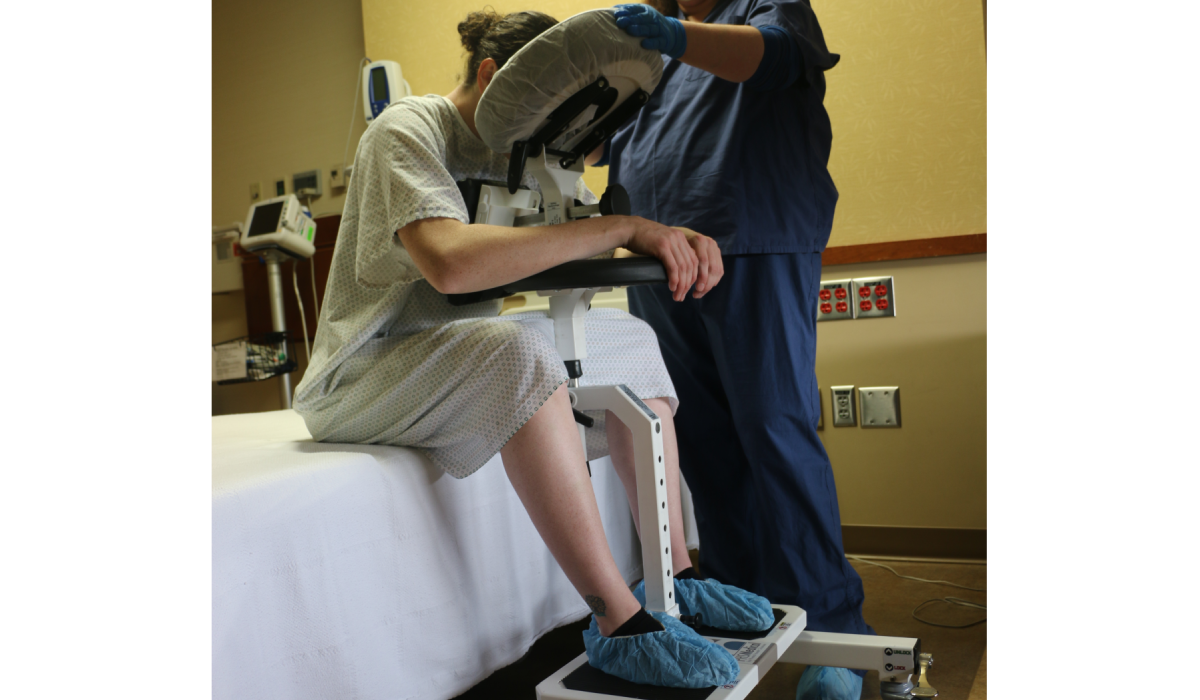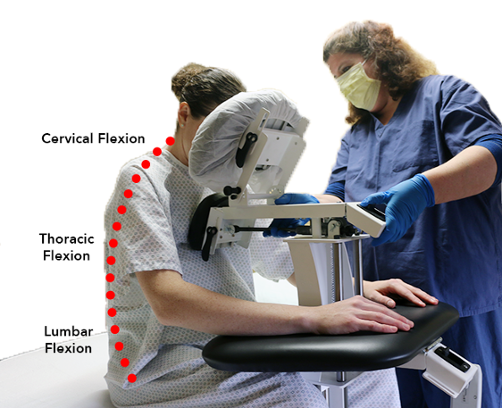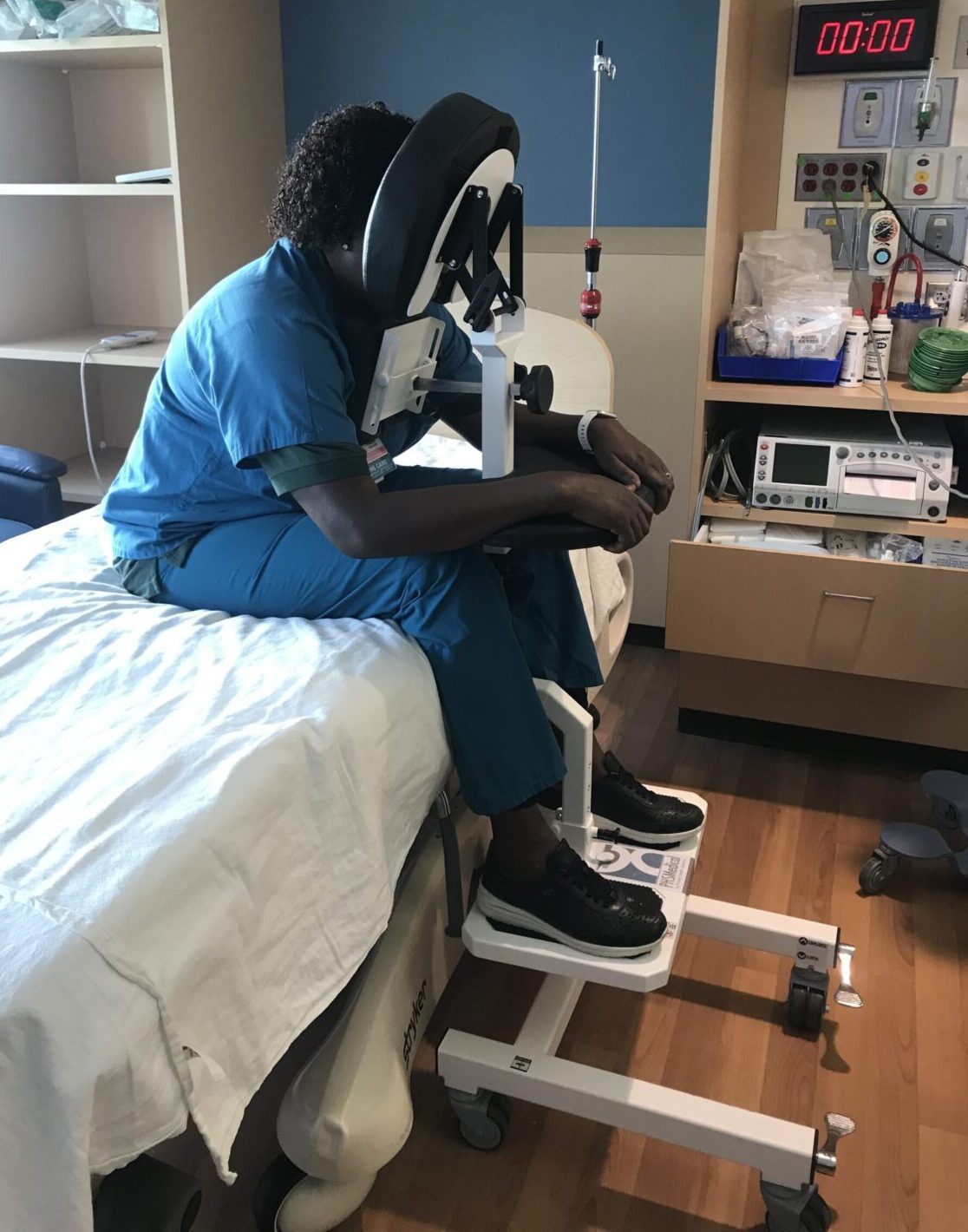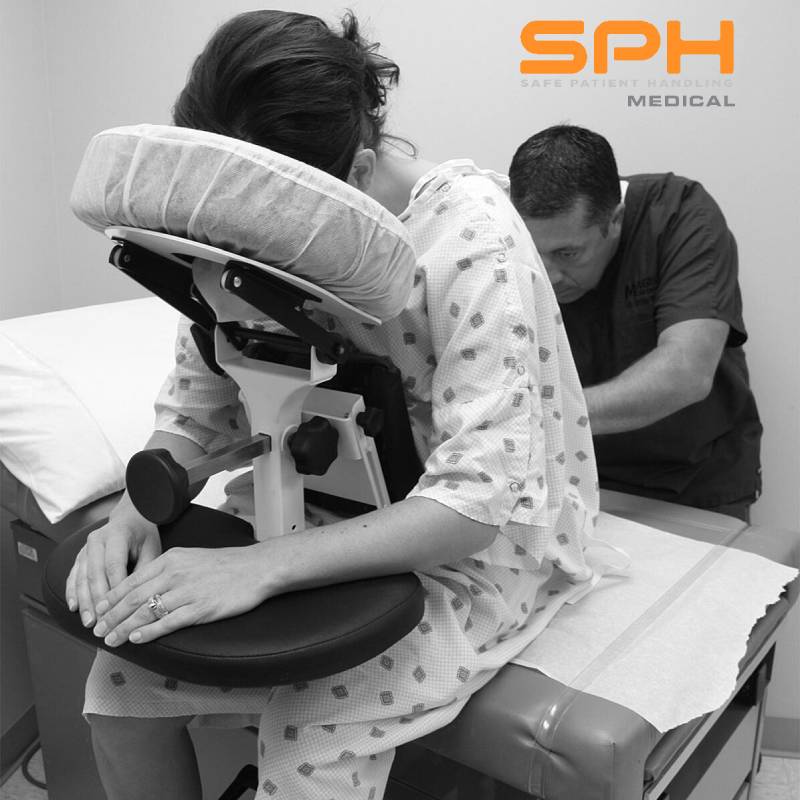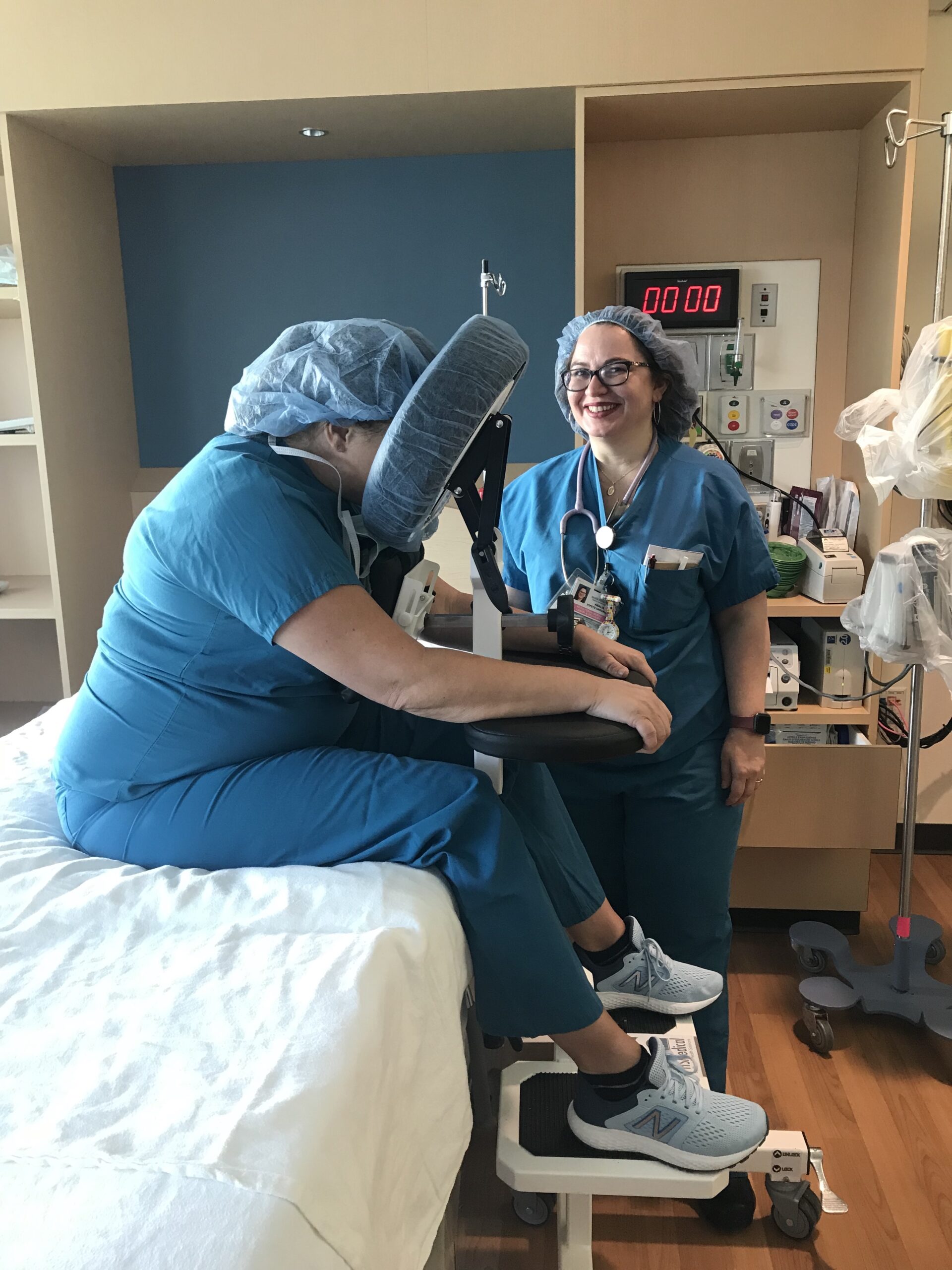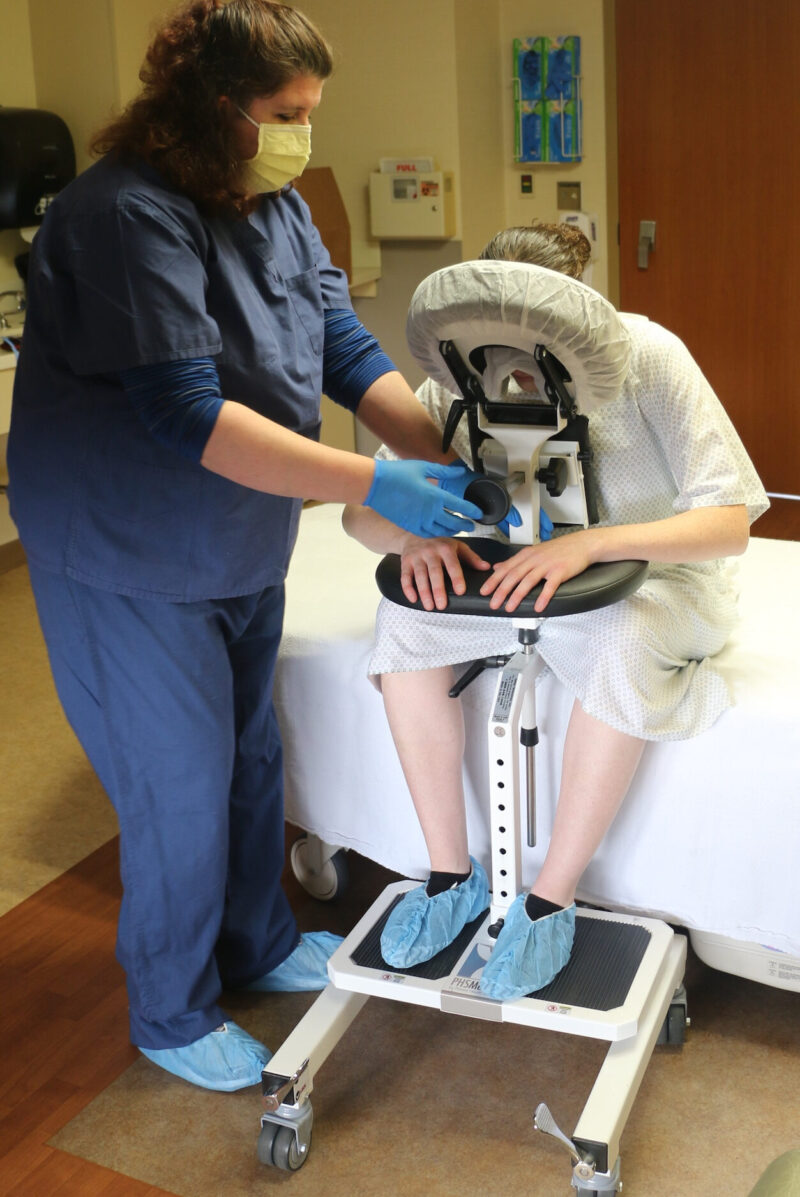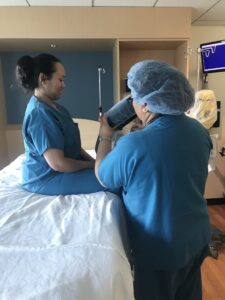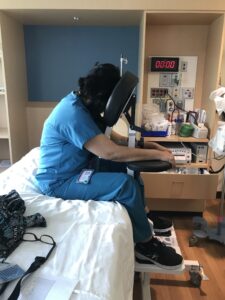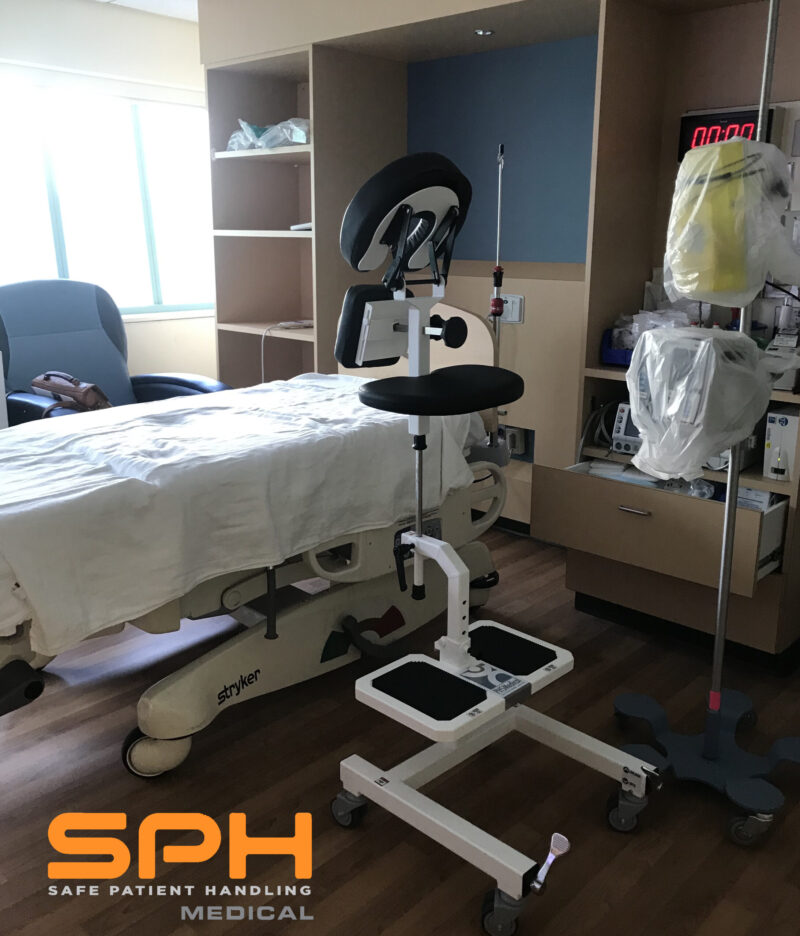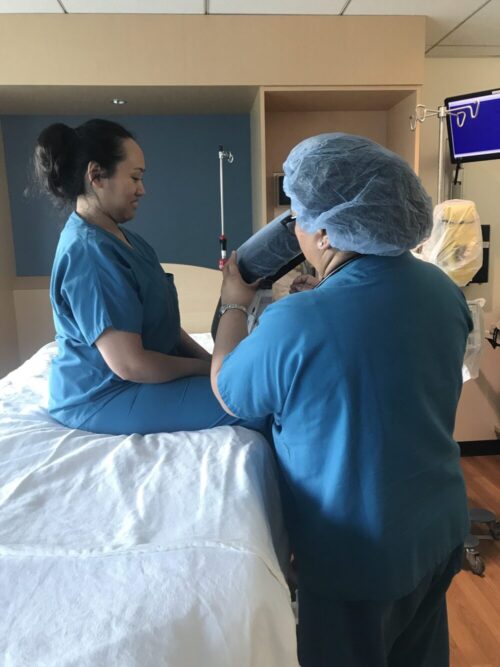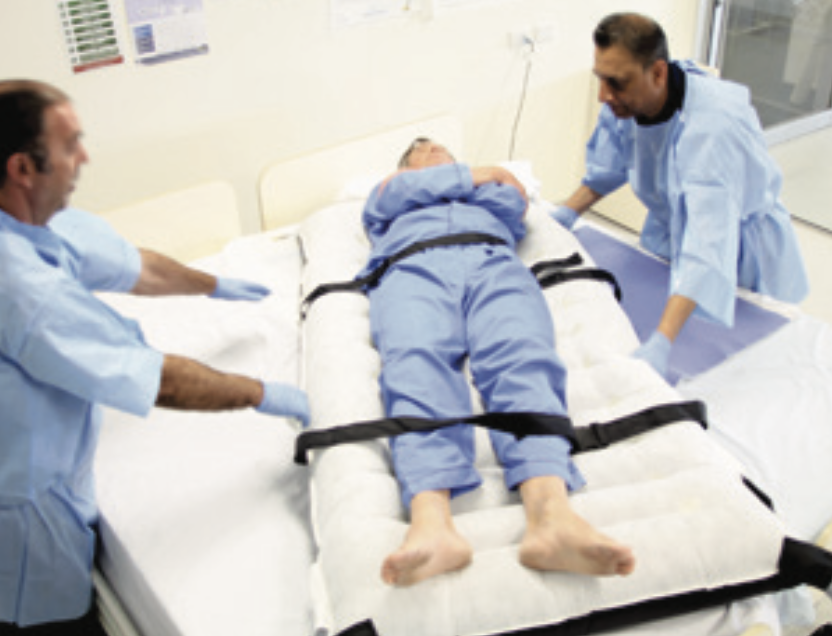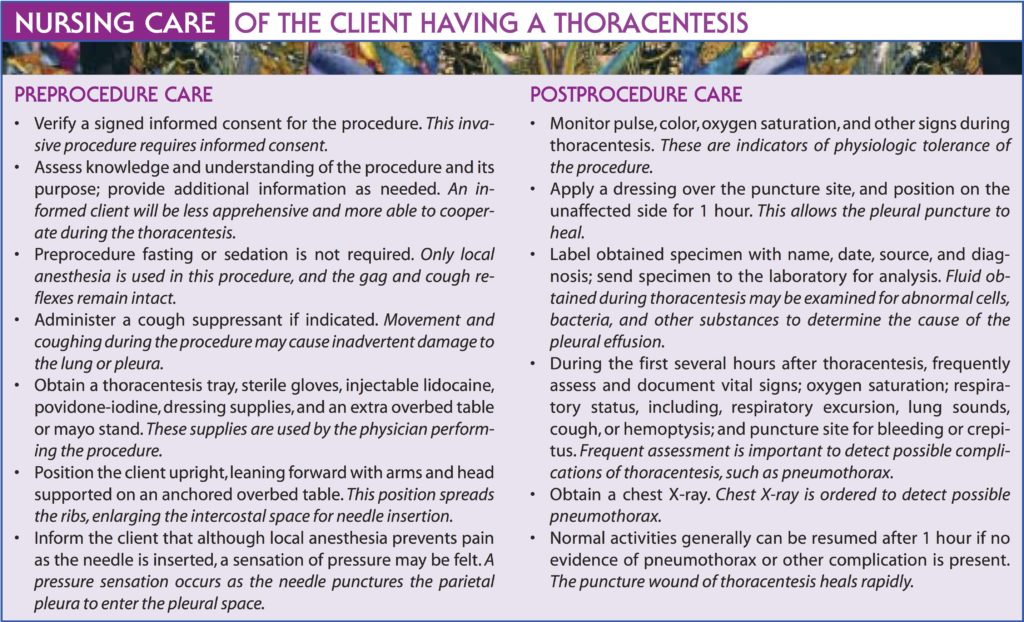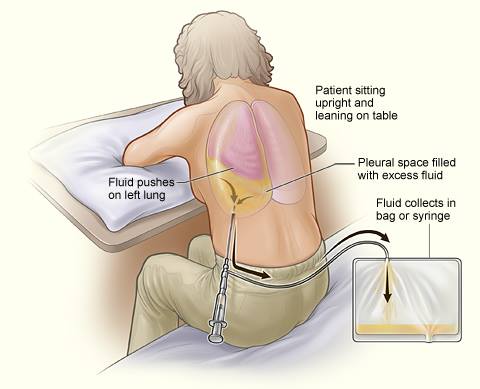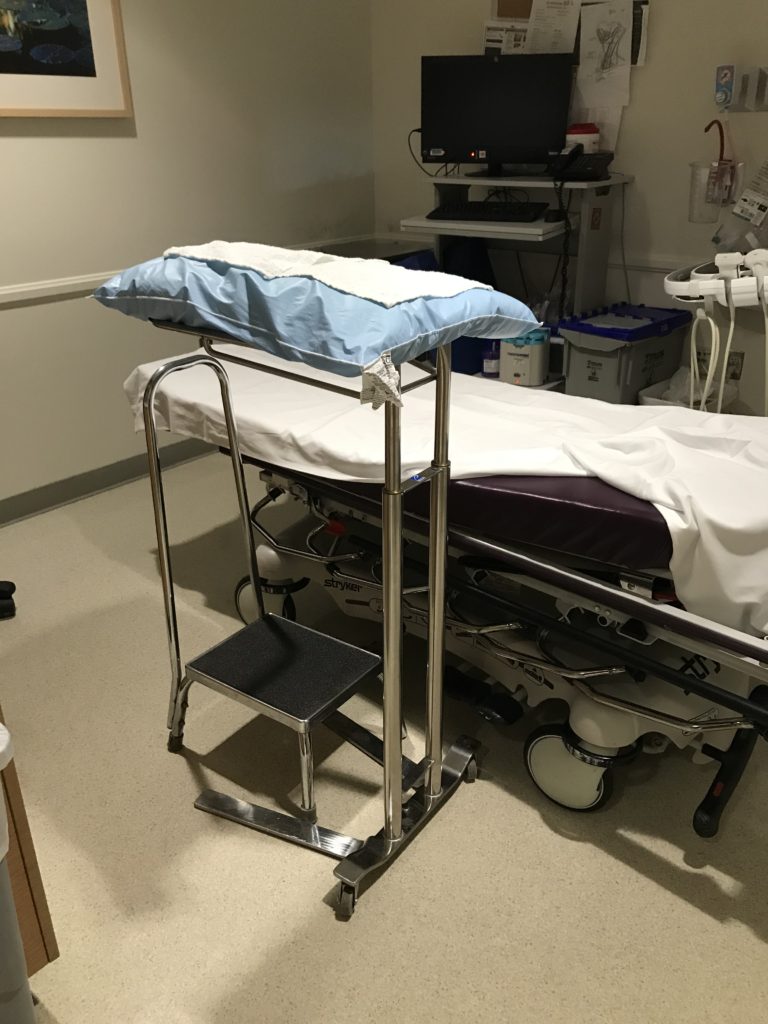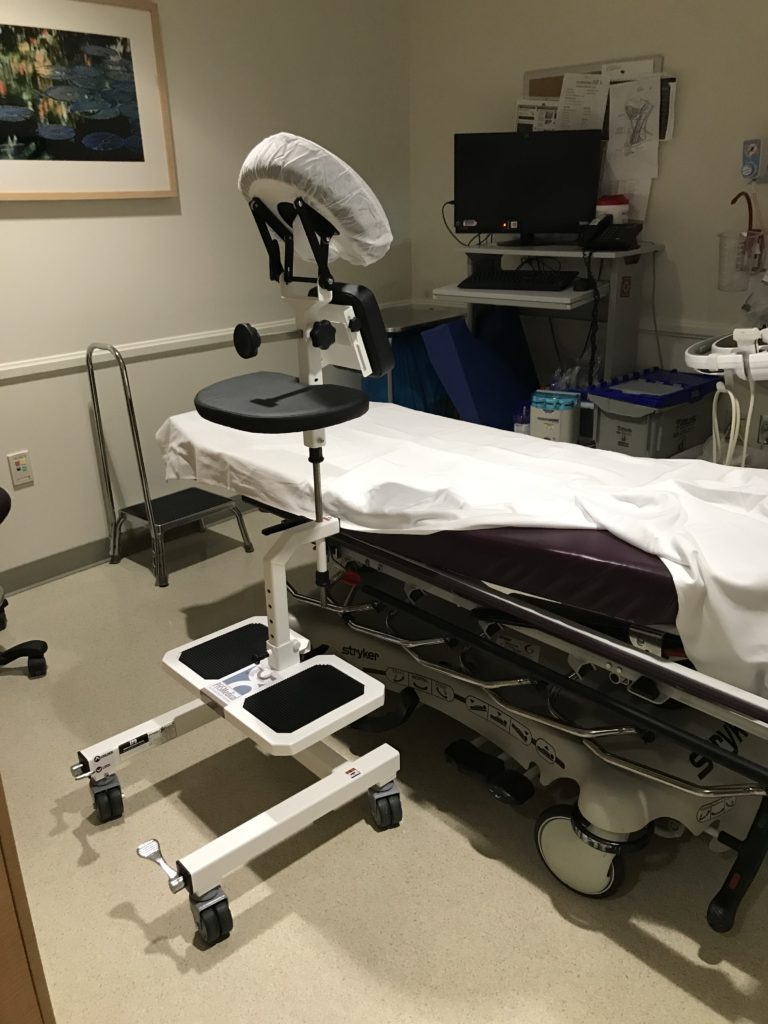Nurses in Labor and Delivery units play a pivotal role in ensuring the safety and comfort of patients during one of the most crucial moments of their lives. However, this responsibility often comes with inherent risks, particularly when it involves providing manual support to patients during epidural placements. The epidural procedure, a commonly administered form of pain relief during labor, is a complex process that necessitates precise positioning and relentless support from the attending nurses. This requirement poses significant physical challenges to these dedicated healthcare professionals, leading to a potential increase in workplace injuries. One form of safe patient handling is the epidural positioning device or (EPD), this is commonly used in labor and delivery units.
Understanding the Epidural Procedure and Its Inherent Risks to Nurses
It’s not uncommon for nurses in Labor and Delivery units to resort to using stacks of pillows or unstable bedside tables to help position patients for epidural placements. This makeshift solution, while seemingly practical, exposes the nurses to undue risk. Nurses often find themselves in precarious situations, having to bear the weight of the patient leaning over these unstable supports, and in worst-case scenarios, even catching a falling patient. These situations drastically heighten the risk of injury to the nurse, adding to the physical strain of their already demanding roles.
Statistics paint a stark picture; nurses working in Labor and Delivery units face higher injury rates compared to their counterparts in other nursing specialties. The physical demands involved in epidural procedures contribute significantly to this alarming trend. Real-life accounts from nurses who have experienced close calls, injuries, or sustained harm while manually supporting patients during these procedures provide further evidence of the urgent need for safer and more efficient solutions.
In light of these circumstances, it becomes clear that the current practices surrounding epidural procedures need a revolutionary change. A change that prioritizes not only patient comfort but also the safety and wellbeing of our invaluable nurses.
Unveiling the Epidural Positioning Device (EPD)
The EPD emerges as a game-changer in this scenario. This innovative device is expertly designed to alleviate the physical strain on nurses during epidural placements. It works by positioning the patient safely and effectively for the anesthesiologist, reducing the need for manual support. With a step-by-step guide, using the EPD is straightforward, making it an ideal tool in any Labor and Delivery unit.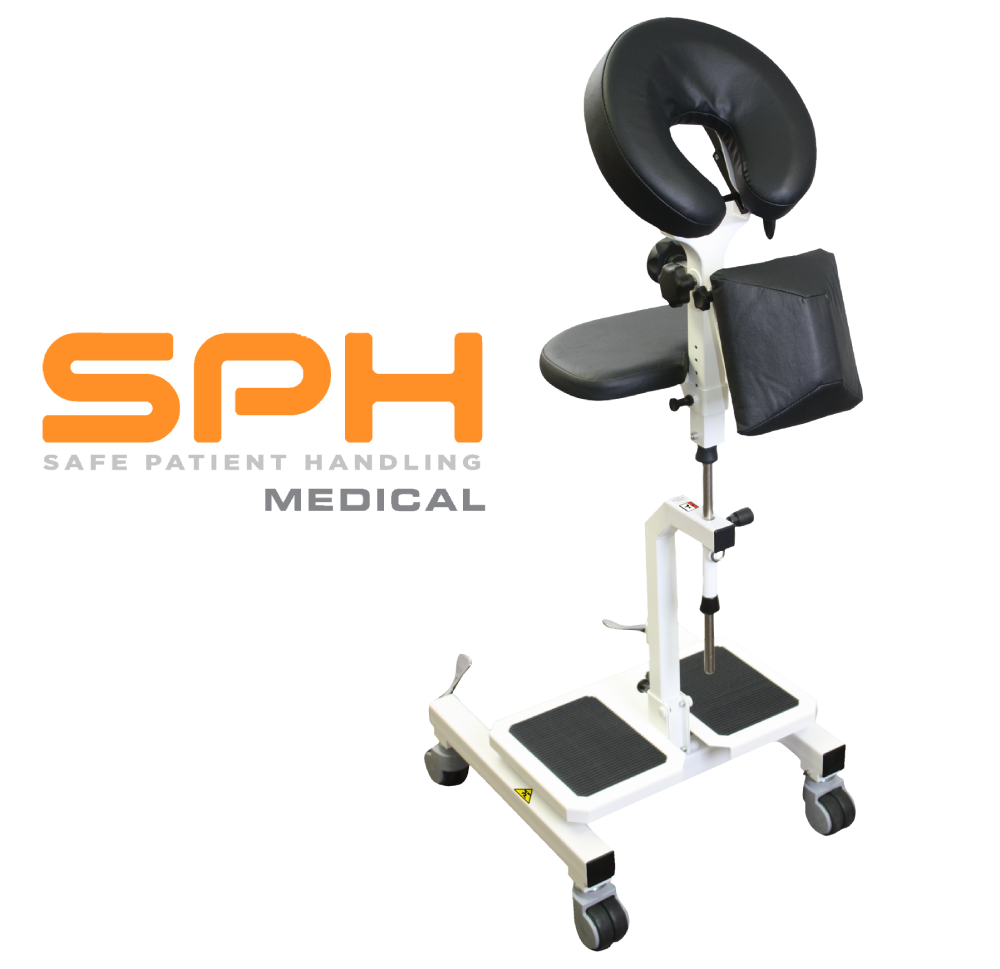
The manifold Benefits of Using the Epidural Positioning Device
The safety benefits of the EPD for nurses are numerous. Studies suggest that the use of the EPD can significantly reduce the risk of injury among nurses, promoting a healthier work environment. Furthermore, the EPD has been shown to increase efficiency in epidural placements, streamlining the process and saving valuable time. Testimonials from nurses and anesthesiologists echo these findings, emphasizing the remarkable benefits of the EPD.
Standardizing the EPD for Safety and Efficiency
Given these impressive benefits, standardizing the use of the EPD across Labor and Delivery units is a logical step. It promotes consistent safety practices, reducing the risk of injury among nurses. Furthermore, the potential time and cost savings associated with the use of the EPD make it an economically sound investment. Hospitals are therefore strongly encouraged to consider integrating the EPD into their Labor and Delivery units.
In conclusion, manual patient support during epidural placements poses a significant risk to nurses. The EPD mitigates these risks, promoting safety and efficiency in Labor and Delivery units. Prioritizing nurse safety and efficiency is not just about reducing injuries it’s about creating a better working environment that ultimately leads to enhanced patient care. As such, the adoption of the EPD as a standard practice in hospitals is strongly recommended. Invest in the EPD today, and take a decisive step towards enhancing safety and efficiency in your Labor and Delivery unit.

